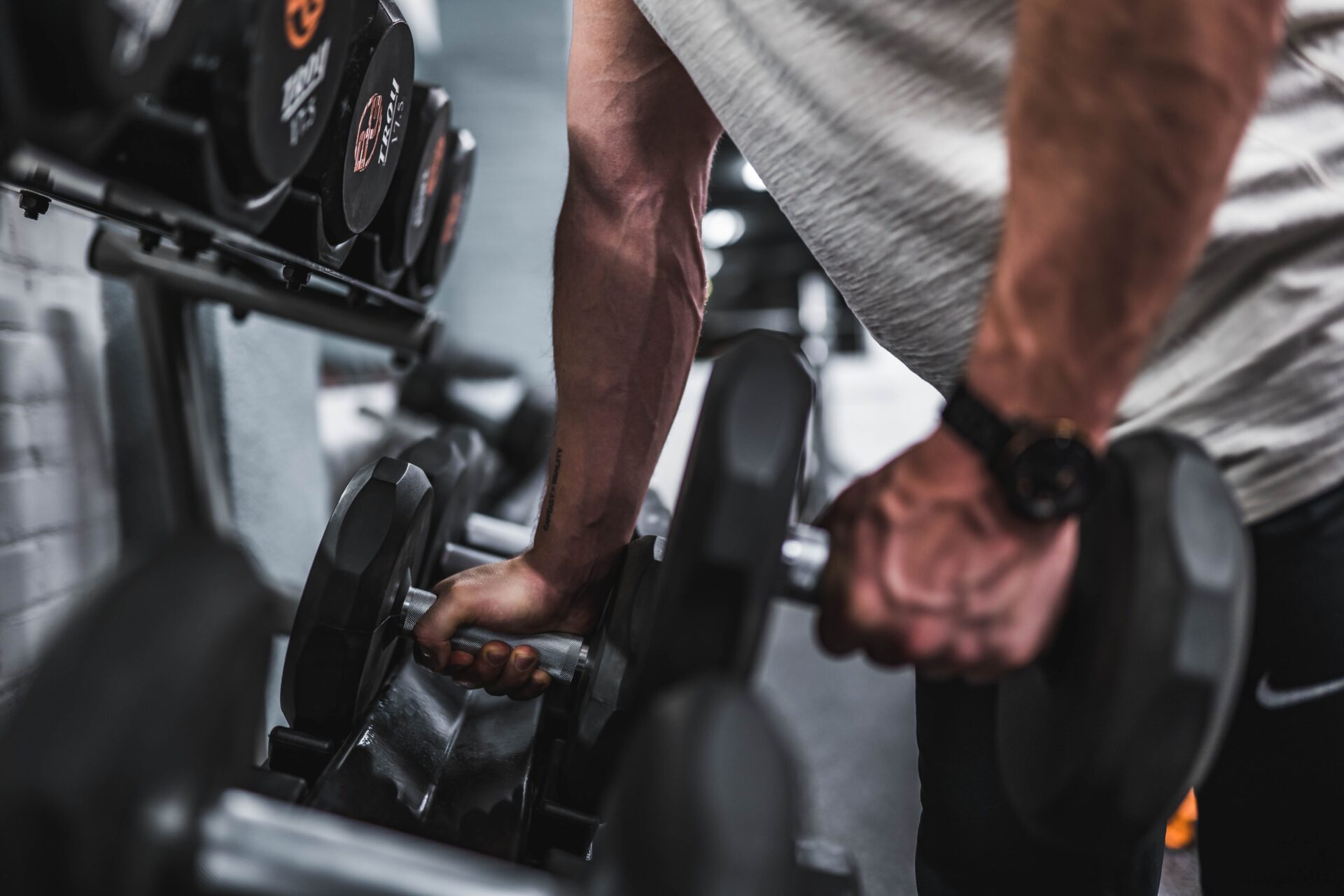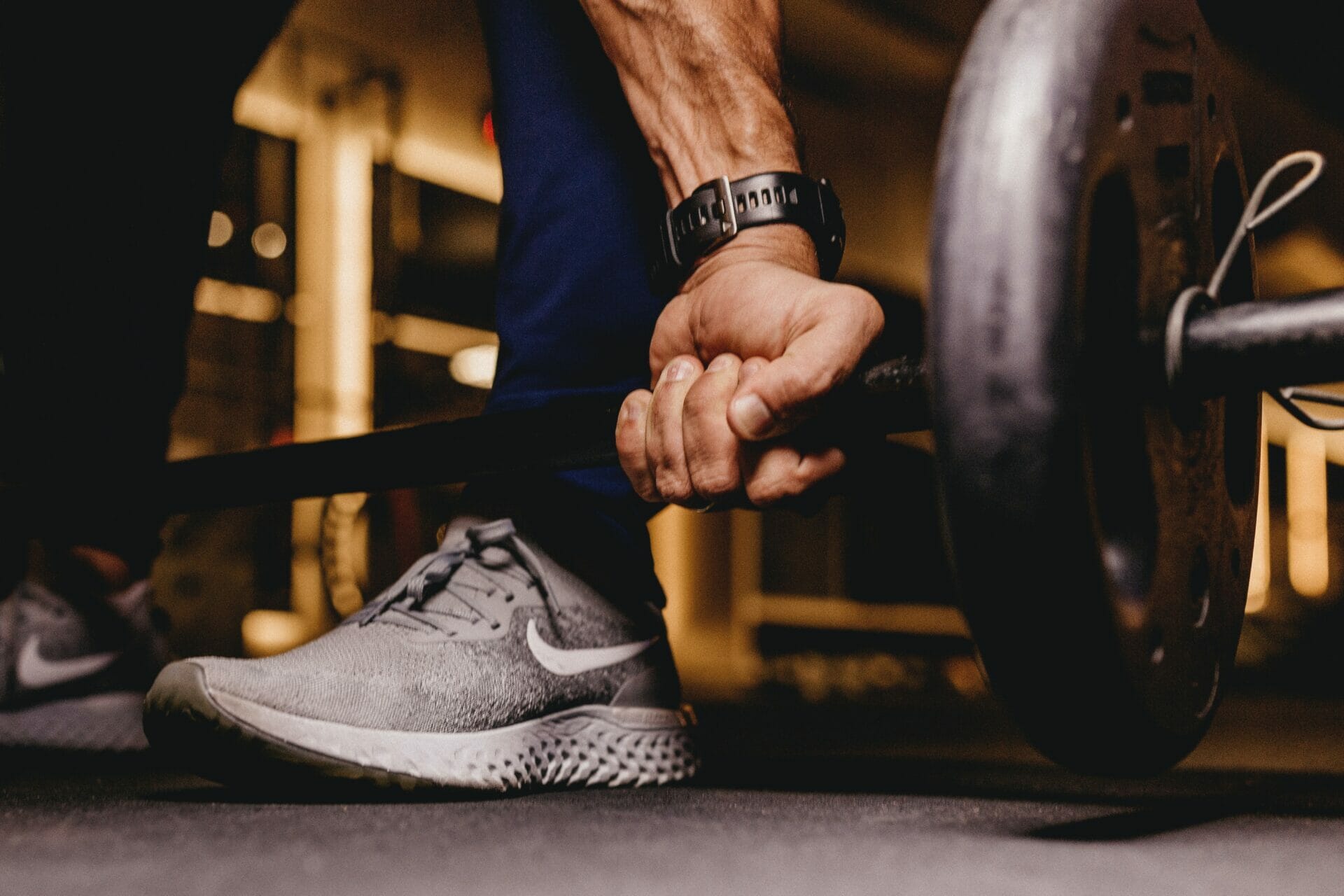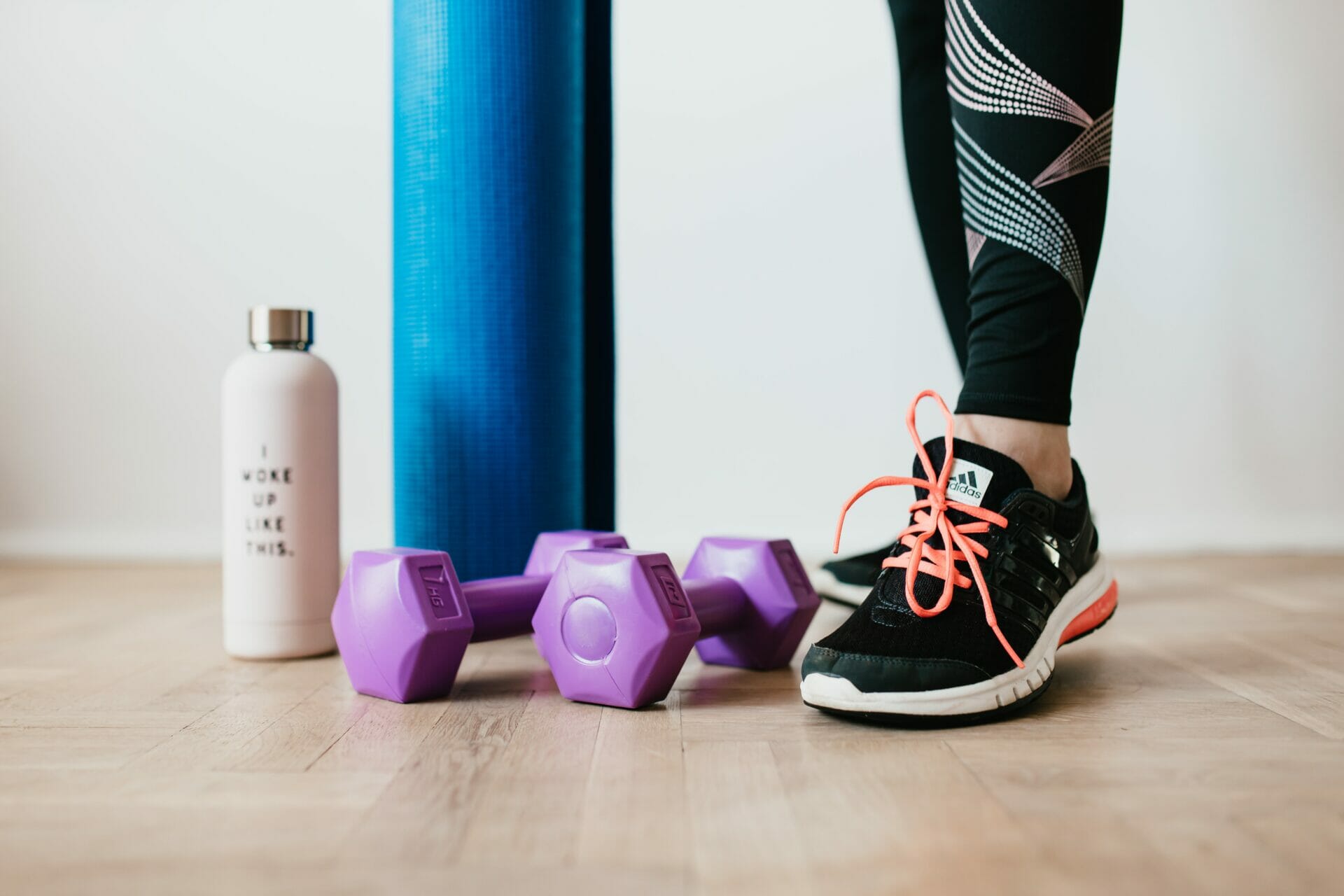Training or workout injuries are often caused by doing too much of one type of activity, which strains your muscles and leads to an overuse injury. The most common workout injuries include shin splints, swollen muscles, sprains, and strains. Recovering from a training injury at any age can be slow and challenging but well worth the effort, and modifications in exercise routines can significantly impact the road to recovery. Longevity training, a key component to training smart, focuses on the long-term benefits of exercise to keep us physically fit for life and help avoid recurring injuries. The basis of longevity training is to take your time and not worry about immediate results but rather maximize your health through self-care and exercise. Try these six tips for overcoming an injury and preventing them in the future.
1. Utilize Bodyweight Exercises
Bodyweight exercises can aid injury recovery by improving strength and flexibility while minimizing joint stress. In addition, they help maintain cardiovascular fitness during periods of reduced activity. The foundation of all bodyweight exercises includes standing squats, pushups, planks, and pull-ups. These four exercises work the body’s major muscle groups while safeguarding joints from injuries. Professional runners like Colleen Quigley and Emma Coburn incorporate bodyweight exercises into their training programs to prevent injury and improve performance.
2. Explore Training Outside
Training outside can provide numerous benefits for post-injury recovery and general health. For example, exposure to fresh air and natural light helps lower blood pressure and heart rate resulting in less stress and more concentration on longevity training goals. CrossFit and mobility trainers like Dr. Kelly Starrett and Julie Foucher emphasize the benefits of outdoor training, including increased energy levels and motivation for older adults. In addition, training outside provides new exercise environments keeping the creative and action-response parts of the brain and body active.
3. Make Use of Social Media
Social media platforms like Instagram can motivate athletes to return to training post-injury. Influencers like Ernestine Shepherd and Joan MacDonald share their fitness journeys and inspire others to prioritize their health and fitness regardless of age or injury. You can use these platforms to keep motivated, track training progress, and interact with others in the fitness community.
4. Discover New Apps
Hundreds of training apps exist, including top-rated apps on iPhone and Android, such as MyFitnessPal for nutrition tracking, Nike Training Club for personalized workouts, and Fitbit for activity tracking and community support. In addition, Recover Athletics provides an app designed to help runners get stronger and prevent subsequent injuries. The Middle-Aged Marathoner gives rave reviews for the Recover App in this recent blog post.
5. Do Something Different
Repetition of a specific exercise can result in training injuries. For example, runners are likely to experience continuous calf strain injuries. Many recreational and professional athletes vary their training techniques to strengthen different muscle groups to counteract this. Changing sports or activities can reduce the risk of injuries and improve overall fitness by giving the body a new challenge. Professional athletes like Serena Williams and Tom Brady incorporate cross-training to prevent injuries and strengthen longevity training. Cross-training activities such as kickboxing and swimming offer rigorous full-body workouts and target muscles in new ways.
6. Always Listen to Your Body
It is crucial to listen to your body’s needs. Injuries take time to recover, and pushing too hard too soon can lead to further damage. So, pay attention to any pain or discomfort, take breaks when needed, and gradually increase intensity and duration while tracking your results at each step. Always check with your doctor before attempting new exercise routines, and use these guidelines to stay motivated and healthy. You got this.
Disclaimer: This is not medical advice, nor is the information in this article intended to treat, diagnose, prevent, or cure diseases. We recommend consulting your doctor before starting or making changes to any exercise or health-related programs.





Responses